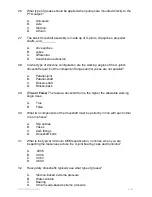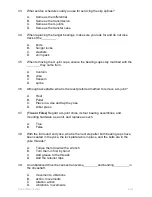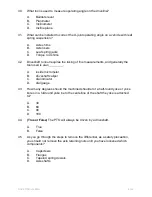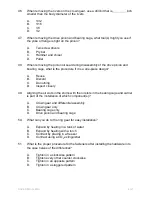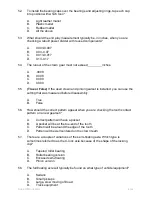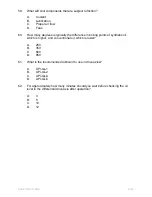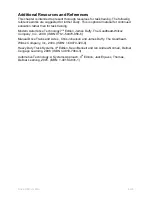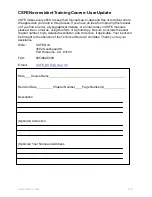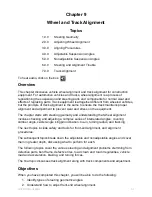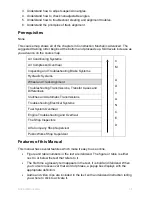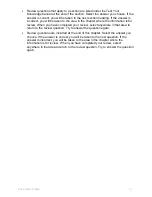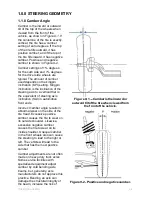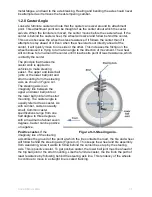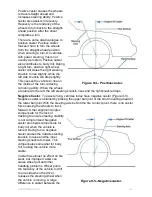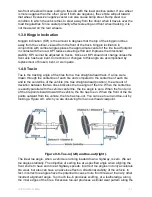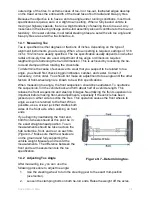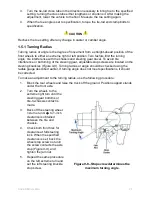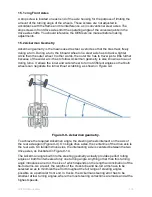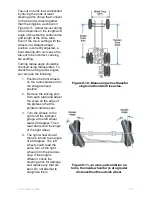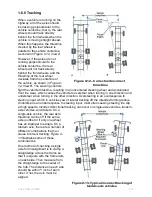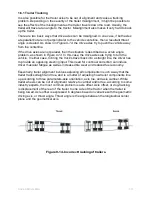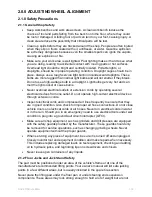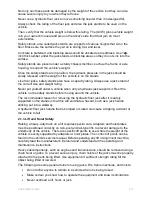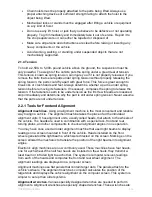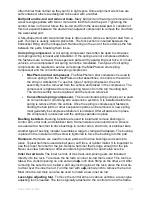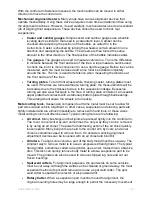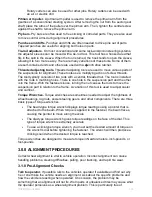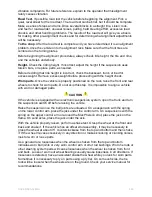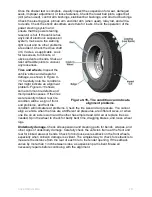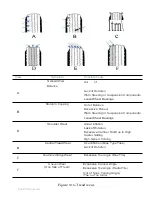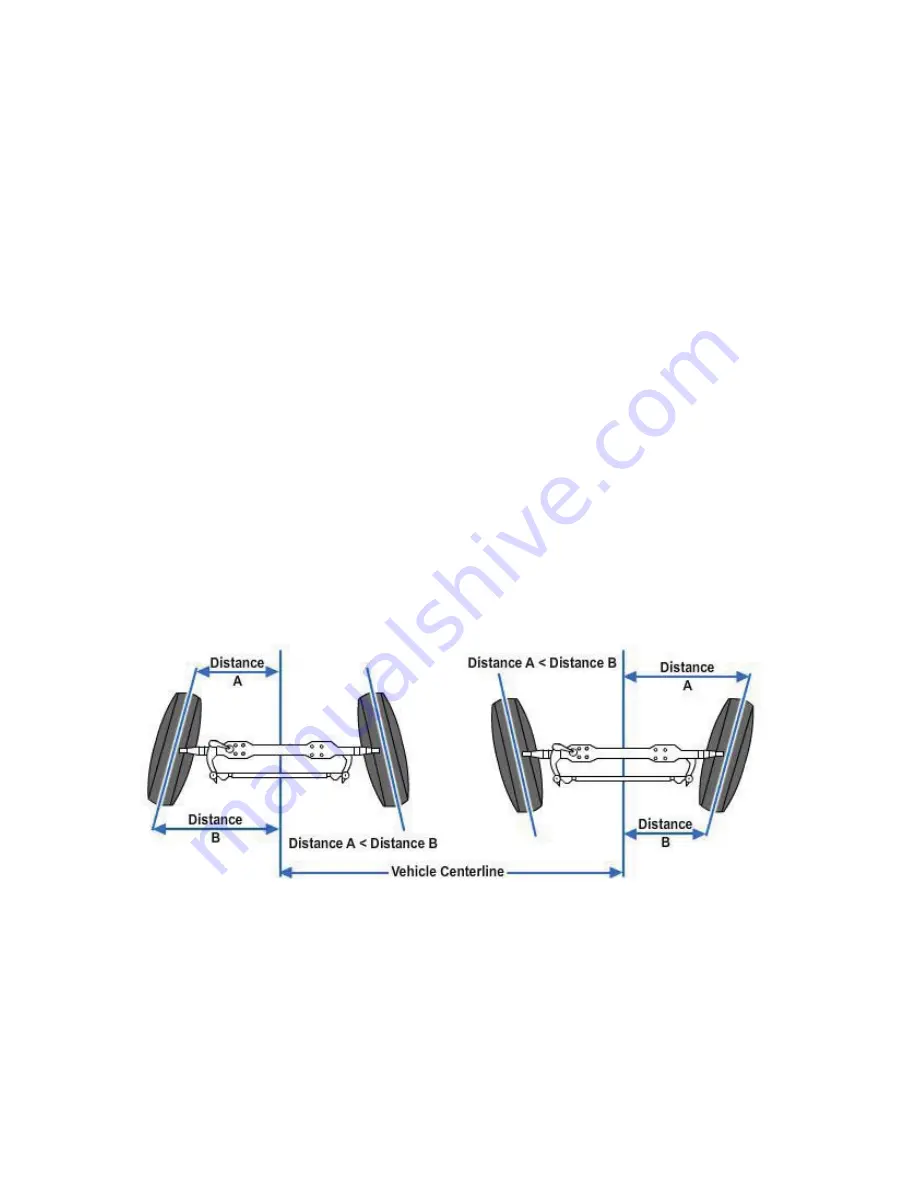
two front wheels will cause pulling to the side with the least positive caster. If one wheel
is more negative than the other (even if both are negative), the vehicle will pull toward
that wheel. Excessive negative caster can also cause bump steer. Bump steer is a
condition in which the vehicle tries to steer away from the driver when it travels over the
road irregularities. Since caster primarily affects steering and front wheel tracking, it is
not measured on the rear wheels.
1.3.0 Kingpin Inclination
Kingpin inclination (KPI) is the amount in degrees that the top of the kingpin inclines
away from the vertical, viewed from the front of the truck. Kingpin inclination in
conjunction with camber angles places the approximate center of the tire tread footprint
in contact with the road. KPI reduces steering effort and improves the directional
stability. KPI cannot be adjusted on trucks. Once set, KPI should not change unless the
front axle has been bent. Corrections or changes to this angle are accomplished by
replacement of broken, bent, or worn parts.
1.4.0 Toe-in
Toe is the tracking angle of the tires from a true straight-ahead track. If a line were
drawn through the centerline of each tire and compared to the centerline of each tire
and to the centerline of the vehicle (the true straight-ahead position), the amount of
deviation between the two lines indicates the toe angle of the tire. When the centerline
is exactly parallel with the vehicle centerline, the toe angle is zero. When the front end
of the tire points inward toward the vehicle, the tire has toe-in. When the front of the tire
points outward from the vehicle, the tire has toe-out. You can see toe-in and toe-out by
looking a
Figure 9-6
, which you are observing from an overhead viewpoint.
Figure 9-6 - Toe-in {left) and toe-out {right).
The ideal toe angle, when a vehicle is running loaded down a highway, is zero. We set
toe angles statically. The objective of setting toe at a specified angle when aligning the
front end is to have zero toe at highway speeds. Incorrect toe angles not only accelerate
tire wear, but also can have an adverse effect on directional stability of the vehicle. In
fact, incorrect toe angles have the potential to cause more front tire wear than any other
incorrect alignment angle. Too much toe-in produces scuffing, or a featheredge, along
the inner edges of the tires. Excessive toe-out produces a similar wear pattern along the
NAVEDTRA 14050A
9-7

